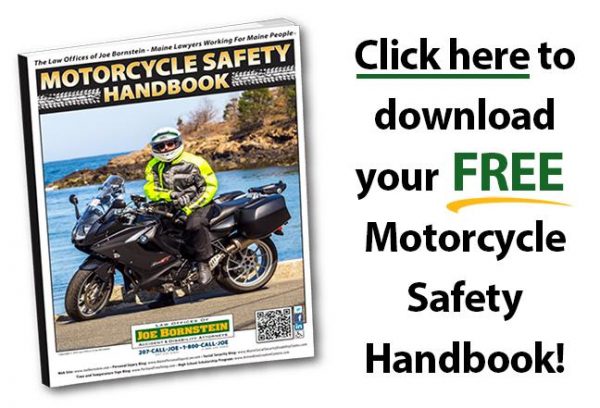Preparing your motorcycle for winter is one of the most important aspects to keeping your bike in good riding condition. By following a few easy tips to ensure that your bike is stored and protected, you'll thank yourself in the spring when the ground thaws and your bike starts up without any trouble.

STEP 1 - CHANGE THE OIL
After your last ride of the season, change the oil and filter in your bike. Motor oil acts not only as a lubricant, but also aids in the filtration system. Draining the fuel from the carburetors is also important if storing the bike for longer than three months.
STEP 2 - WASH YOUR BIKE
Cleaning the dirt and grit off the paint will ensure they won't damage the finish over the course of the winter. Wash and dry your bike completely, and then add a coat of wax, which acts as a barrier against moisture and rust.
STEP 3 - FILL YOUR GAS TANK
A full tank helps prevent rust from forming inside, and treated gasoline helps prevent buildup from forming in the engine. On your last ride of the season, stop at a nearby gas station and add the proper amount of fuel stabilizer, such as Sta-bil or Sea Foam, before topping off and heading home, allowing the two to mix together before storage.
STEP 4 - MOVE BIKE TO STORAGE LOCATION
A warm dry location such as a garage, basement, or shed is the best place to store your bike. If none are available, a parking spot will work as well.
STEP 5 - COVER MUFFLERS
Once the mufflers have cooled, use motorcycle exhaust plugs to prevent critters from nesting inside. A backup plan is to cover your muffler with a plastic bag using a rubber band to hold it in place.
STEP 6 - CONNECT BATTERY TO CHARGER
Batteries don't like inactivity and if ignored all winter will usually roll over and die. The simplest way to ensure a working battery is to connect a battery charger. A trickle charger will provide a steady, low stream of electricity to a battery, which enables it to stay charged through long periods of inactivity.
STEP 7 - LUBE MOVING PARTS
Keeping moving parts lubed during the winter will help keep moisture from building up and causing rust or binding. Any part of your motorcycle that needs to be lubed at any point should be lubed again before storage. Some parts to check include: chain drive, cables, controls, fork surfaces, and any other pivot points.
STEP 8 - MAINTAIN TIRES
Tires are porous and will lose air while in storage. A soft or flat tire will develop a permanent flat spot if left weighted in one position for an extended period of time. Prevent this by storing your motorcycle on a center stand, motorcycle stand, motorcycle lift, or even a block of wood. If none are available, consider moving the bike from time to time, so the tires are not in the same position for months on end.
STEP 9 - COVER YOUR BIKE
A cover helps shield the bike from the elements, namely snow, ice, and other particles that may scratch the paint or cause rust. If storing a motorcycle indoors, the cover will add an extra layer of protection.
STEP 10 - CHECK-IN
If storing a motorcycle over winter, it's a good idea to start the motorcycle about once a month, letting it run for five or ten minutes. Remove exhaust plugs and allow the engine time to help clear gasoline that has been sitting out of the carburetors, then shut off the engine and allow it to cool down.
Every motorcycle has a different design and specification, and it's important to refer to your owner's manual and repair manual for additional information.
Performing proper storage procedures for your bike and its electronics after the season ends will pay dividends when you ride again in the spring. Many local bike shops and storage facilities offer storage which can help put you at ease as your bike hibernates over the winter. It's important to note, that a sudden drop in temperature can cause harm to motorcycles.
If you or a loved one is injured in an accident, call the Law Offices of Joe Bornstein today for a free and confidential consultation. Our attorneys have helped more 25,000 injured Mainers get the justice they deserve since 1974.
207-CALL-JOE
or visit us online at joebornstein.com.




